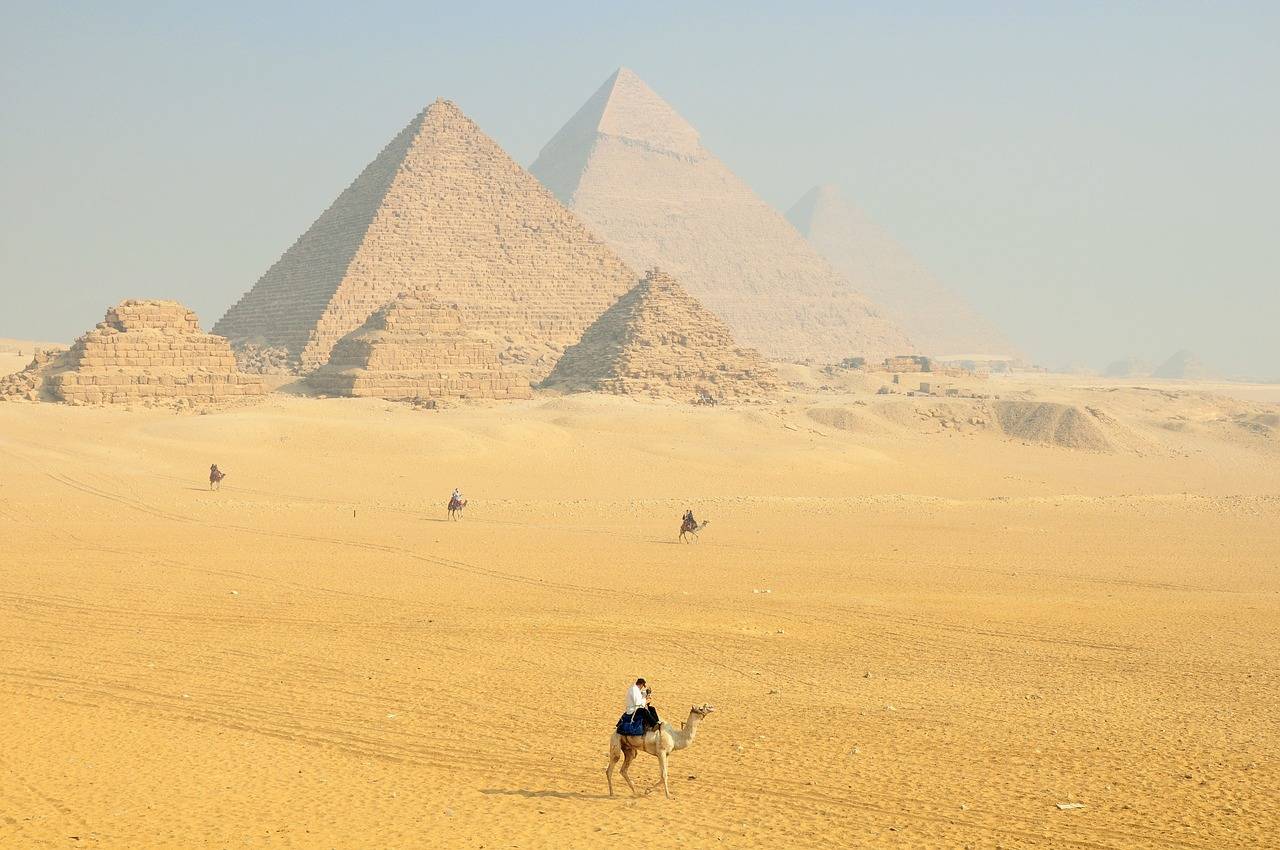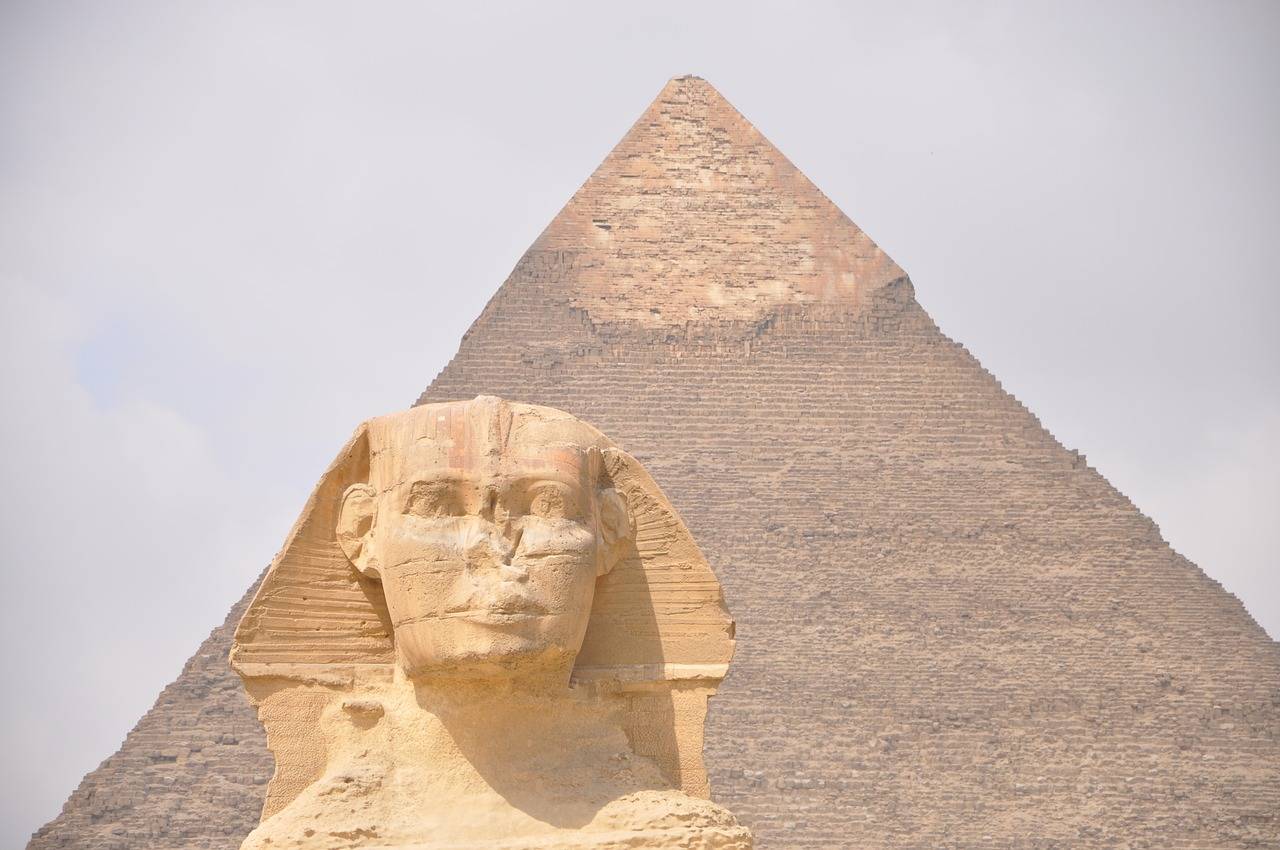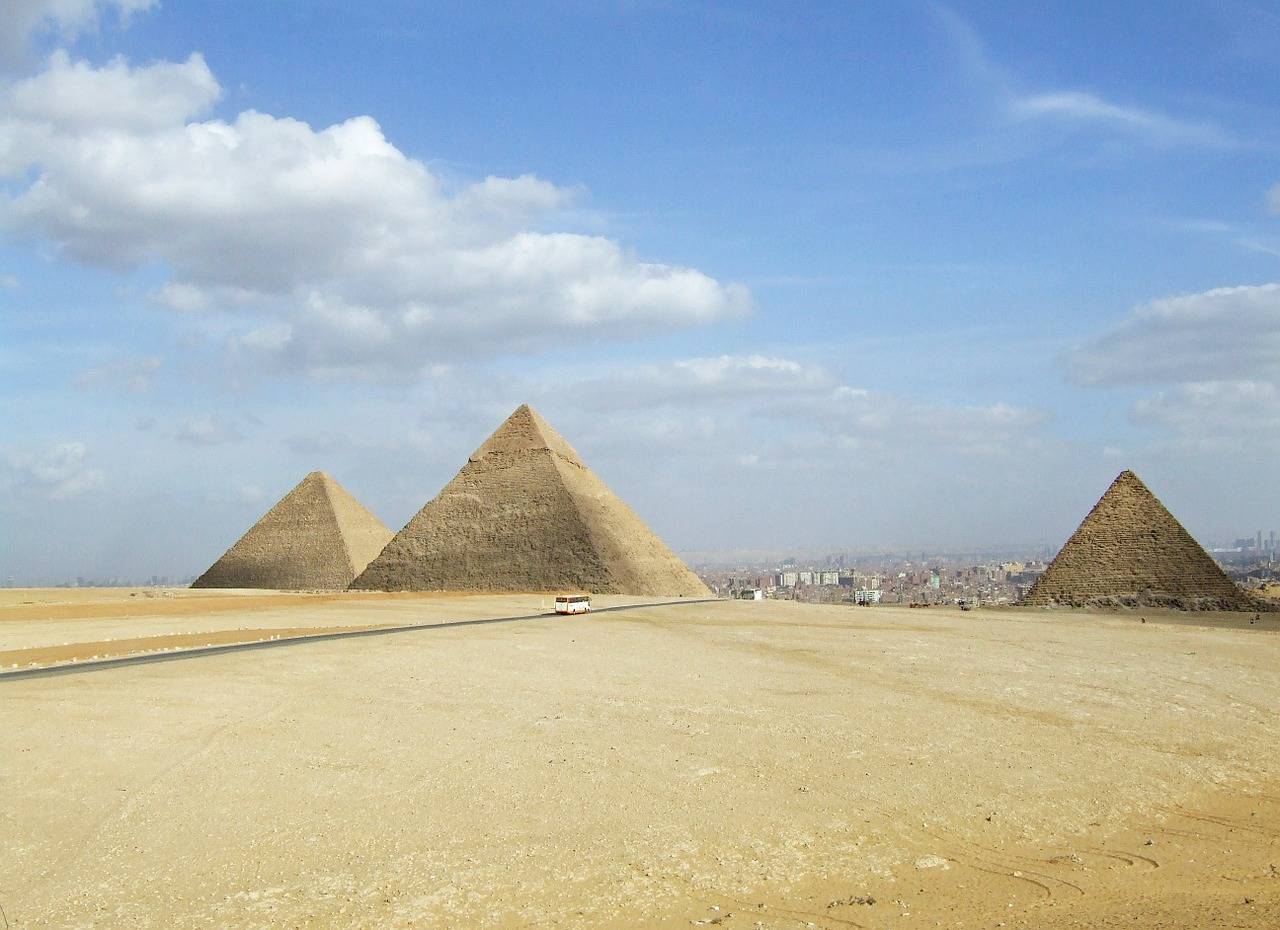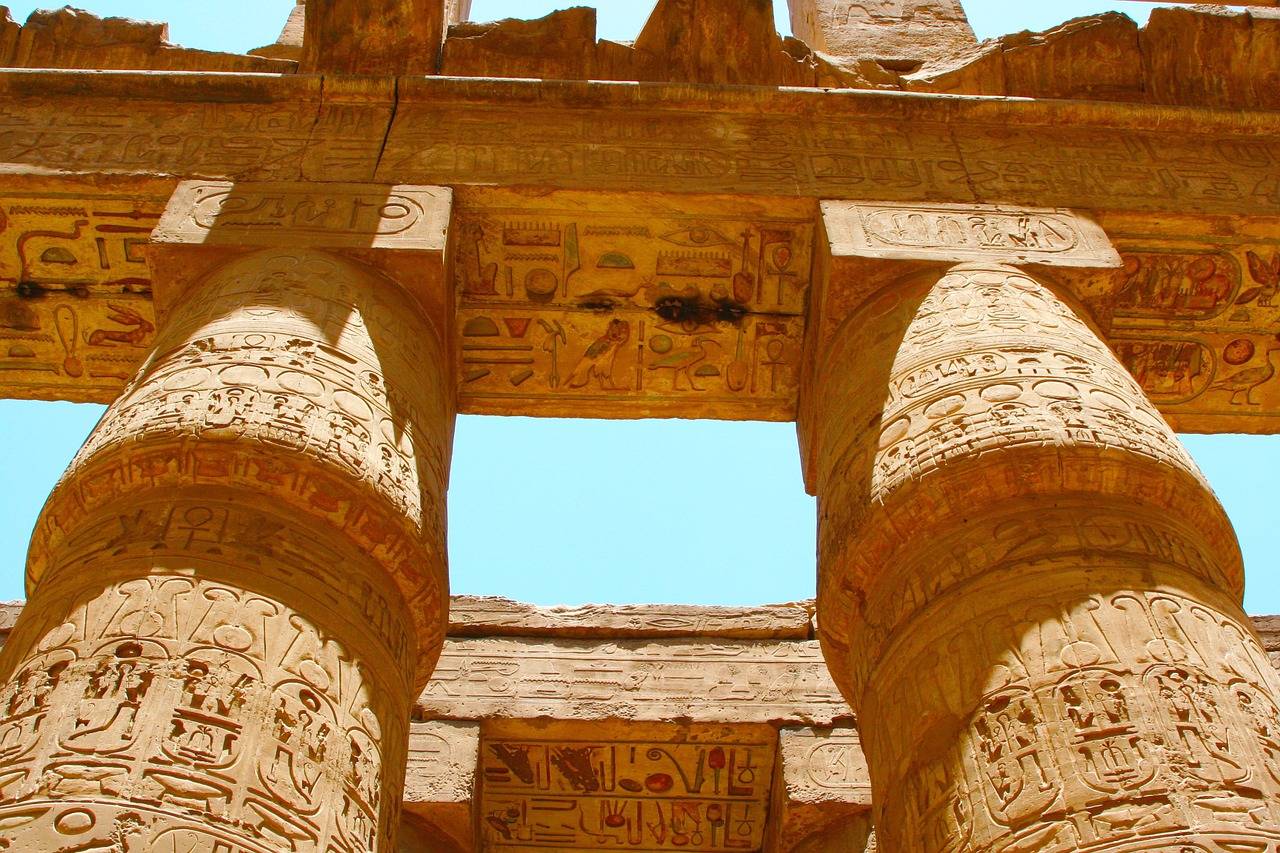What time is it in Egypt? – Actual time
Time zone is a district of the Planet Earth that watches a uniform time for legitimate, social, and business purposes. Time zones have a tendency to pursue the limits of nations and their communities since it is advantageous for regions in close business or other correspondence to keep a similar time.
More often than not zones ashore are counterbalanced from (UTC) by an entire number of the hours (from UTC−12 all the way to UTC+14), yet a couple of zones are balanced by 30 or maybe 45 minutes (e.g. Newfoundland Time has been UTC−03:30, Nepal Time has been UTC+05:45, and Indian Time has been UTC+05:30).
Several higher latitude and mild zone nations utilize light sparing time for some part of the year, normally by altering nearby time by 60 minutes. Several time zones have change direction or position toward the west of the comparing nautical ones. This additionally makes a changeless sunlight sparing time impact.
Before timekeepers were first developed, it was basic practice to check the time of every day with evident sun oriented time (likewise called “genuine” sun based time) – for instance, the time on a sundial – which was regularly extraordinary for each area and reliant on longitude.
At the point when very much managed mechanical checks wound up broad in the mid-nineteenth century, every city started to utilize some neighborhood mean sun oriented time.
Evident and mean sunlight based time can contrast by around 15 minutes (as portrayed by the condition of time) as a result of the curved state of the Earth’s circle around the Sun (unconventionality) and the tilt of the Earth’s pivot (obliquity).
Mean sun based time has long stretches of equivalent length and the distinction between the two totals to zero following a year.
Greenwich Mean Time (GMT) was set up in 1675, when the Royal Observatory was worked, as a guide to sailors to decide longitude adrift, giving a standard reference time while every city in England kept an alternate neighborhood time.
UTC +2 is the Egypt standard time, and it is just like the East European Time, and it’s also the same as their neighbors Sudan and Libya. During the summertime in the years from 1957 until 2010, Egypt has been using the East European Summer Time (UTC +3).
On 21 April 2011, the broken government nullified mid-year. The standard time was utilized the entire all year, with no adjustment in summer.
On 7 May 2014, the Egyptian between time government chose to utilize mid-year beginning from 15 May 2014, the third Friday of May, with an exemption for the sacred month of Ramadan. This equitable precedes the Egyptian presidential races were required to start.
On 20 April 2015, The Egyptian government chose not have any significant bearing late spring this year following a survey that had been held in April 2015 with respect to applying DST or not.
The administration chose to make the vital revision to the laws and requested that the pastors take a shot at an examination to decide the likelihood of applying sunshine sparing time in coming years or not.
The service of power guaranteed that the accomplished power sparing from applying late spring isn’t of any substantial effect.
On 29 April 2016, the legislature under Prime Minister Sheriff Ismail chose to utilize late spring once more (UTC+3) by July 7. It was to start after Ramadan and last until the finish of October.
In any case, it was dropped on July 4 following a vote by the Egyptian parliament on June 28 to nullify DST and to conform to the April 2015 presidential announcement to cease from presenting DST.













0 Comments